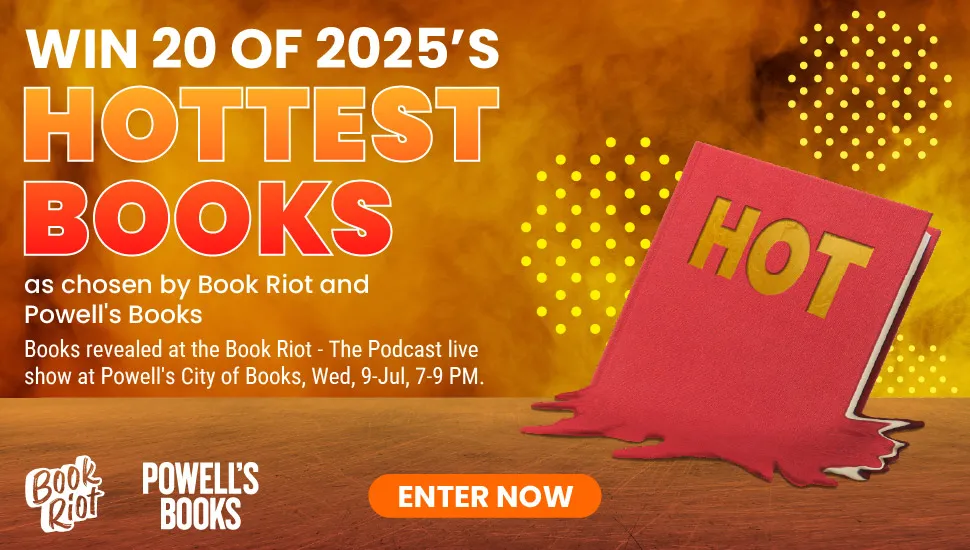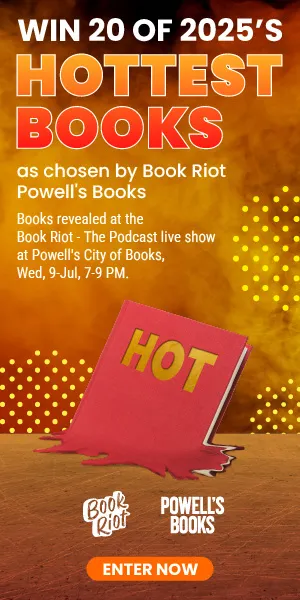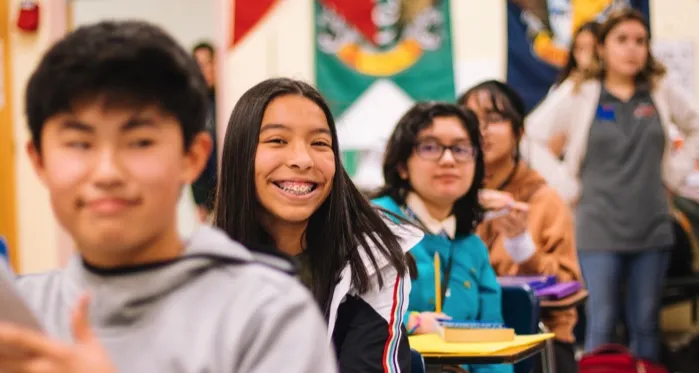
Additions to a High School English Class Reading List I’d Like to See
When I think back to my own high school English classes, which are more than 25 years old at this point, I usually have pretty good memories with them. I loved the books we read and the enthusiasm of my teachers, and some of the books remain favorites of mine to this day. They introduced me to authors I’d never read before, like Zora Neale Hurston, Barbara Kingsolver, and Carson McCullers. But there were a lot of “classics” we read that were just downright boring and seemingly irrelevant. I know that some books are supposedly part of the “canon” or things we “should” read, but there comes a point when you have to wonder, when is it time to revamp the reading lists? When do we look at whose voices we’re reading (again) and who’s absent from these lists? What forms and styles of writing are we missing, and how can we tie these into current learning?
No one has ever quizzed me on which classics I’ve read. No one has thought me a better reader or writer just because I’ve read A Room With a View or My Antonia. We read some classics in my high school classes but I missed a lot of other, perhaps more relevant ones (1984, Brave New World, The Bluest Eye, and Fahrenheit 451 come to mind) and ended up reading them on my own, years later. I’m not saying we need to get rid of the classics. Harper Lee remains one of my favorite writers, and now we have the added benefit of discussing problematic elements in her works and not ignoring them; I was introduced to some of my other favorites like Faulkner, Steinbeck, and Hurston, in high school. But I do think we could update reading lists. Different styles of writing and formats could help break up the syllabus and pique students’ interests. It doesn’t have to be either/or — it can, and should, be a both/and situation.
Some schools do this well. I’ve been impressed with the summer reading that the local public schools do near me. But in conversation with others, while there are some improvements in diversity and varied formats (graphic novels, poetry), many of the books are still the same, years and decades later. If life and literature are constantly evolving, shouldn’t curricula, too?
I thought about my high school English classes and the books I read, and this is what I’d love to see incorporated into English class reading lists. This is by no means an exhaustive list; I could add dozens more, easily. Authors like Flannery O’Connor, Sarah Broom, bell hooks, Nikki Giovanni, Audre Lorde, Joy Harjo, Julia Alvarez, and Yehuda Amichai. But I could go on forever. I’ve split this list into three sections — nonfiction, fiction, and poetry — and tried to pick books that I not only appreciate for their language and story, but also those that can help introduce students to different styles of writing and elements of genre.
Nonfiction
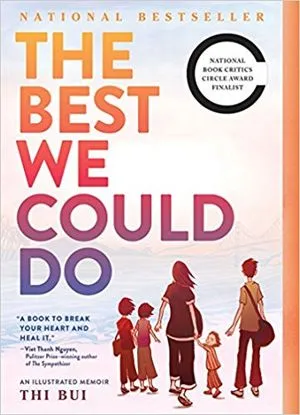
The Best We Could Do by Thi Bui
Graphic novels and memoirs tend to be overlooked in literature, especially in schools, but for hesitant readers or learning disabled students, graphic novels can help with fluency and engagement. Bui’s graphic memoir blends history and personal story about escaping South Vietnam in the 1970s with her family and their journey to build a new life. It would be a great book to examine how the graphic memoir form works.
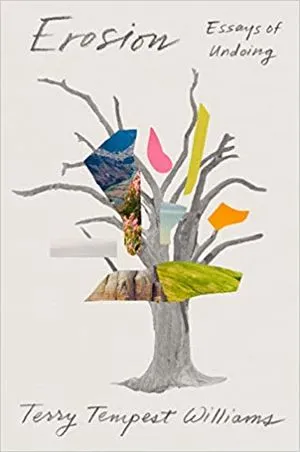
Erosion: Essays of Undoing by Terry Tempest Williams
Terry Tempest Williams is a noted writer and conservationist, and her writing offers an opportunity to also discuss current and environmental events and how to write about them. In this collection of essays, she explores both the erosion of public lands and of our democracy. The climate crisis, issues of ownership of public lands, big oil, and personal stories are all in these essays, making it a perfect book from which to learn different aspects and styles of writing.
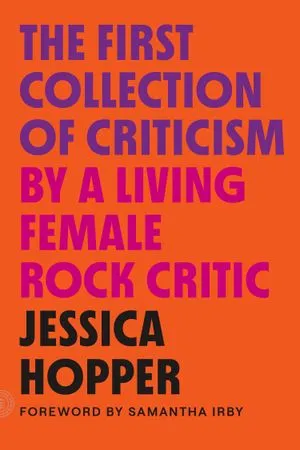
The First Collection of Criticism by a Living Female Rock Critic by Jessica Hopper
Criticism wasn’t a form I was introduced to until grad school, and I think that’s a shame. Ideally, I’d love to see English classes cover a whole range of writing styles, books, and genres. Criticism is an important genre, and learning to read it and think critically about what you’ve just read is an important tool — one could say that it’s desperately needed right now. This book is an accessible, relatable book for high school students to do just that.
Fiction
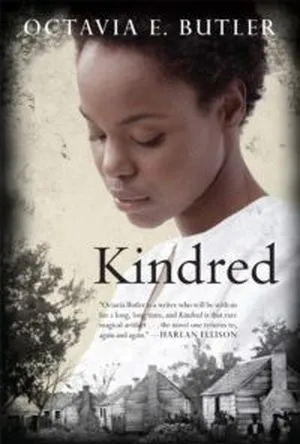
Kindred by Octavia E. Butler
Butler is a pillar of science-fiction — she was the first sci-fi writer to win a MacArthur Fellowship (the “Genius Grant”). Although I love her Parable books, I think this might be a better introduction to her work. Through Dana’s time traveling, the story explores racism, enslavement, misogyny, and white supremacy both in the past and present, providing plenty of opportunities for discussion about literature and social justice, on top of explorations of Butler’s craft.
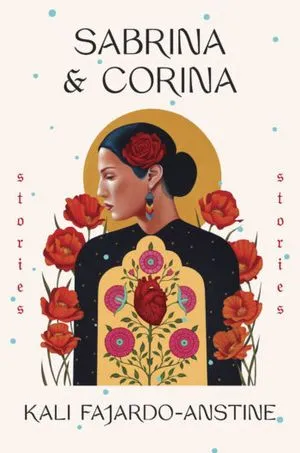
Sabrina & Corina: Stories by Kali Fajardo-Anstine
I’ll be honest: short stories were never my favorite. But as I’ve read more, I realized that likely has to do with the execution of the stories and the style of the writer. This collection would be a great way to explore how short stories can work. Fajardo-Anstine has created a cast of Latine characters of Indigenous ancestry, tied in with place as an almost-character, exploring both personal and community stories. You could spend months dissecting each story and the craft of it, but even choosing one of the stories would be a great option for an English class.
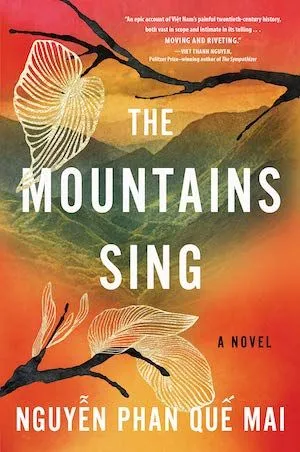
The Mountains Sing by Nguyen Phan Que Mai
Historical fiction can elicit groans from many people, I think because they have a memory of stodgy old historical novels. This novel takes place during the Vietnam War and is an immersive, multigenerational tale of connection, love, and family. This is a look at the interpersonal impacts of the conflict on the Vietnamese people and individual families. It would be a perfect exploration of historical fiction and different ways of approaching the genre.
Poetry
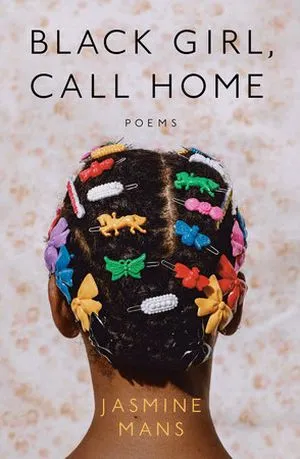
Black Girl, Call Home by Jasmine Mans
Mans is a spoken word poet, and with the way these words fall on the page and draw you in, that doesn’t come as a surprise. Black, queer young womanhood is examined in these poems, writing about feminism, family, sexual violence, community, and much more. The poems encompass a range of emotions, and Mans writes with honesty and insight that will leave you rereading poems over and over to have them settle around you so you can get a better grasp on them. These would be great for teens to see how accessible poetry can be, especially those that are intimidated by it.
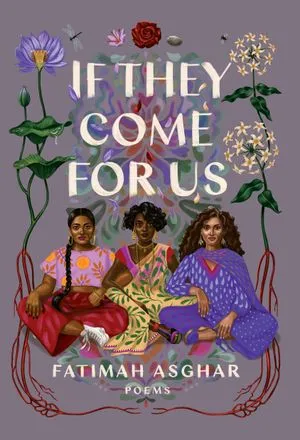
If They Come For Us: Poems by Fatimah Asghar
Asghar’s poetry collection explores what it’s like to be a Pakistani Muslim woman in America, without a mother or father. Sexuality, race, history, intergenerational trauma: all of this is in these poems, but there’s also joy and strength, embracing of identity, and exploration of loss. These poems are raw and muscular, personal and urgent — this collection highlights the strength poetry can hold and the different forms it can take.
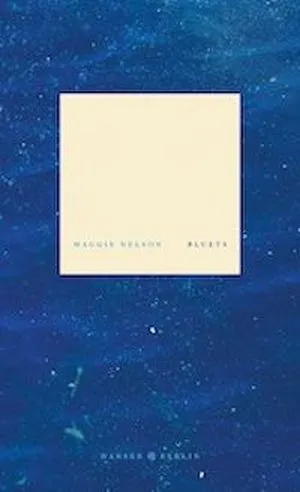
Bluets by Maggie Nelson
I never really read poetry before reading Maggie Nelson, and this book showed me the versatility that poetry had, the crisp but lyrical prose, the hybrid poetry/memoir/meditation style, and the complexity of ideas all came together and changed my view of poetry. If I had had something like this back in high school, maybe I would have started reading poetry a lot sooner. Nelson is a brilliant writer, and this is a good place to start with her.
If you’re looking for other books to read that shake up traditional reading lists, check out this post that explores women of color who should be added to the literary canon, and this post with high school reading suggestions, which is a bit older but still full of wonderful recs!
